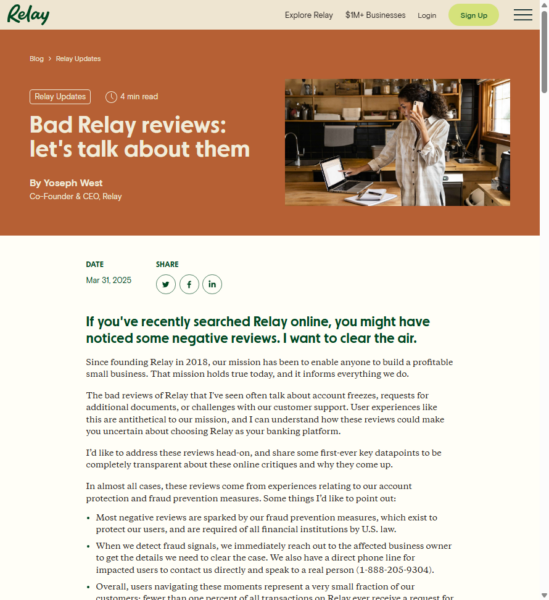Fire!! That is the last thing on one’s mind when they are going in for an operation. Unfortunately, operating room fires happen and can result in yours or a loved one’s life being changed forever. The primary result of operating room fires occurring is the lack of fire prevention training that the staff has. A subsequent problem is the lack of training the staff has to put the fire out. Seconds can be the difference between life and death.
Operating room fires are more likely than not the result of negligence from either the surgeon, the anesthesiologist, the nurses or a combination of them. Each of them owe a duty to the patient to prevent the fire and also to quickly put out the fire if one ignites. Fire is the result of the combination of a fuel source, an oxidizing substance, and heat, otherwise known as the fire triangle. In the operating room, alcohol-based preps and draping materials are the most common sources of fuel. Alcohol-based surgical prep solutions are excellent antiseptic agents but are also extremely flammable. The anesthesiologist usually controls the oxidizers, like the oxygen and nitrous oxide. The nurses control the flammable fuel, like alcohol-based preps and sponges. Finally, the surgeon controls the ignition source. To prevent a fire from ever happening, the surgical team must be trained and knowledgeable of how a fire can ignite and must know the specific fire risks that each of the others controls or creates.
Determining how and why the fire ignited is imperative because you can then determine if this is something that could have been prevented. Did the staff in the operating room have proper training to prevent the fire from happening in the first place? How long did it take the staff to put out the fire? Was the staff adequately trained to put out the fire once it started? Again, seconds can make the difference between no injuries, 3rd degree burns and even death.
A fire starting is last on the minds of the staff, however they must be prepared at all times for a fire and must be on the same page. The first priority is extinguishing the flames and/or removing the burning material from the patient. Another member of the staff may even need to use a fire extinguisher to put out the fire. All gasses, specifically oxygen and nitrous oxide, should be discontinued immediately. Once the fire is controlled, care for the patient should resume, and further management should be based on the degree of danger from smoke in the area. These are all procedures that the operating team should know and before the operation begins they should discuss who is assigned to what task if a fire ignites, unfortunately this is a discussion that is rarely had. If you or a loved one has been injured during an operating room fire, contact the trial lawyers at Rapoport Law Offices to discuss your rights.

The Legal Examiner and our Affiliate Network strive to be the place you look to for news, context, and more, wherever your life intersects with the law.










Comments for this article are closed.